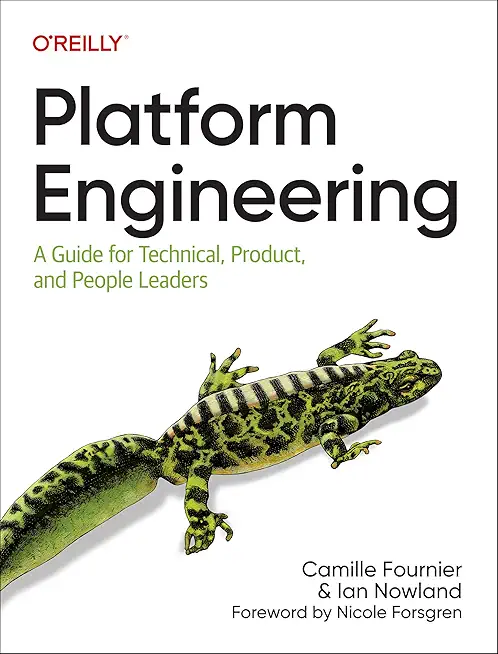Introduction to SQL Programming Training in Huntsville
Enroll in or hire us to teach our Introduction to SQL Programming class in Huntsville, Alabama by calling us @303.377.6176. Like all HSG
classes, Introduction to SQL Programming may be offered either onsite or via instructor led virtual training. Consider looking at our public training schedule to see if it
is scheduled: Public Training Classes
Provided there are enough attendees, Introduction to SQL Programming may be taught at one of our local training facilities.
|
We offer private customized training for groups of 3 or more attendees.
|
||
Course Description |
||
| This course provides an in-depth introduction to the Structured Query Language, or SQL. Students learn key concepts of relational databases and query design, and have extensive opportunities to write database queries. The course also introduces table design and database update statements.
Course Length: 3 Days
Course Tuition: $1190 (US) |
||
Prerequisites |
|
| none | |
Course Outline |
Chapter 1. Relational Databases and SQL
Chapter 2. Tools
Chapter 3. The select Statement
Chapter 4. The select Clause
Chapter 5. The where Clause
Chapter 6. The order by Clause
Chapter 7. Aggregate Functions
Chapter 8. Standard Subqueries
Chapter 9. SQL-Standard Joins
Chapter 10. Correlated Subqueries
Chapter 11. DDL for Tables
Chapter 12. Maintaining the Data in Tables
Appendix A. Learning ResourcesAppendix B. Course Schema
|
Course Directory [training on all levels]
Technical Training Courses
Software engineer/architect, System Admin ... Welcome!
- .NET Classes
- Agile/Scrum Classes
- AI Classes
- Ajax Classes
- Android and iPhone Programming Classes
- Azure Classes
- Blaze Advisor Classes
- C Programming Classes
- C# Programming Classes
- C++ Programming Classes
- Cisco Classes
- Cloud Classes
- CompTIA Classes
- Crystal Reports Classes
- Data Classes
- Design Patterns Classes
- DevOps Classes
- Foundations of Web Design & Web Authoring Classes
- Git, Jira, Wicket, Gradle, Tableau Classes
- IBM Classes
- Java Programming Classes
- JBoss Administration Classes
- JUnit, TDD, CPTC, Web Penetration Classes
- Linux Unix Classes
- Machine Learning Classes
- Microsoft Classes
- Microsoft Development Classes
- Microsoft SQL Server Classes
- Microsoft Team Foundation Server Classes
- Microsoft Windows Server Classes
- Oracle, MySQL, Cassandra, Hadoop Database Classes
- Perl Programming Classes
- Python Programming Classes
- Ruby Programming Classes
- SAS Classes
- Security Classes
- SharePoint Classes
- SOA Classes
- Tcl, Awk, Bash, Shell Classes
- UML Classes
- VMWare Classes
- Web Development Classes
- Web Services Classes
- Weblogic Administration Classes
- XML Classes
Business Training Courses
Project Managers, Business Analysts, Paralegals ... Welcome!
Upcoming Classes
Gain insight and ideas from students with different perspectives and experiences.






